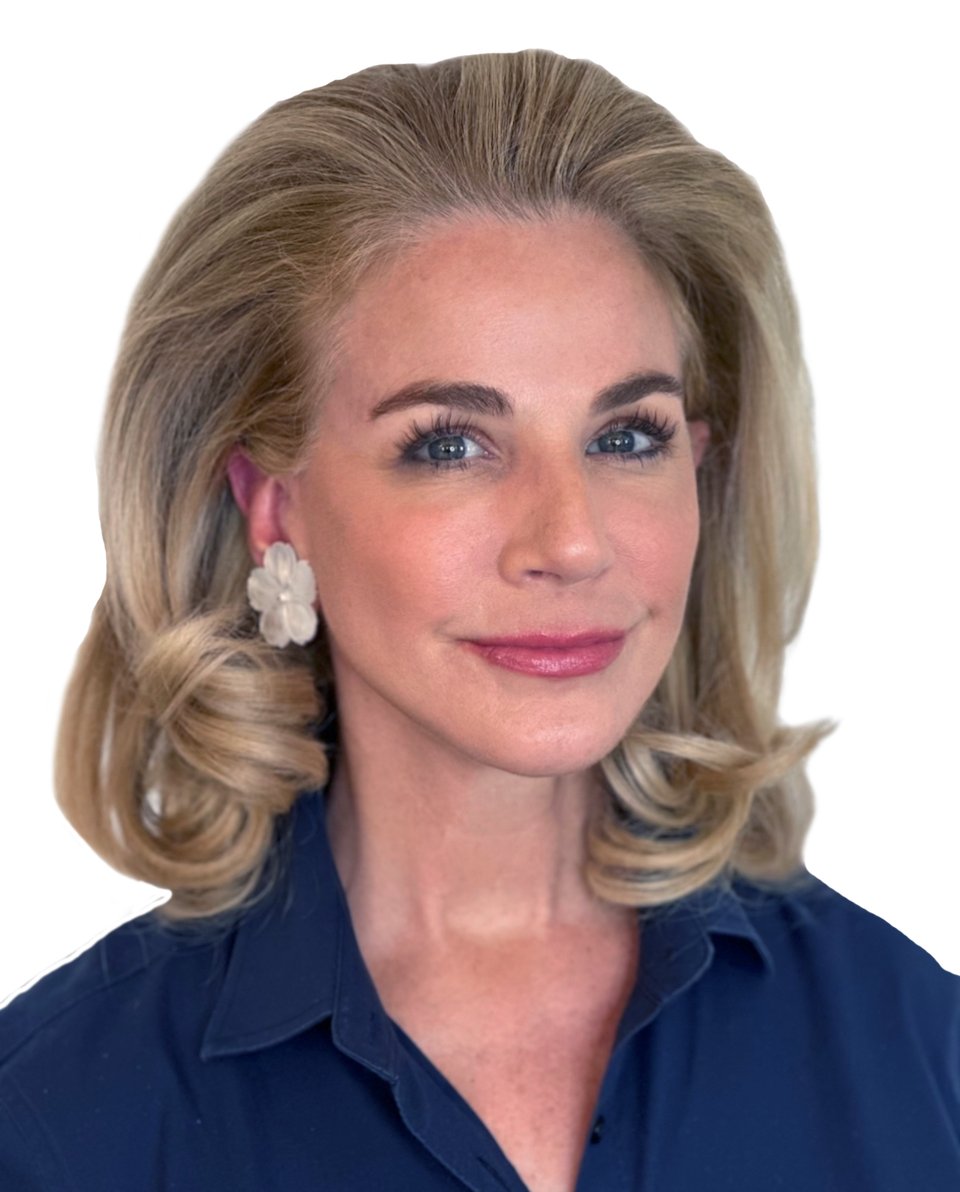
This article is part of our 2024-25 Annual Report.

Sometimes, the most transformative change comes from those most deeply affected. For Kelly Ashton and Charlotte Clement, their personal journeys with uveal melanoma — a rare eye cancer — sparked a movement that is reshaping how the melanoma community tackles rare disease research and support.
Kelly’s journey began in September 2021. A diagnosis of uveal melanoma stunned her: “I had never heard of having melanoma in the eye or eye cancer,” she recalls. For years, a freckle (nevus) on her eyeball was brushed aside until, suddenly, it wasn’t harmless. Genomic testing confirmed she had the most aggressive type, Class 2 PRAME-positive uveal melanoma, with a 50% risk of metastasis (spreading to other parts of the body). For three years, Kelly underwent regular MRIs and CT scans, knowing that roughly 90% of uveal melanomas metastasize to the liver. The constant monitoring couldn’t prevent the news she dreaded: in September 2024, her cancer had spread.
But Kelly refused to let hopelessness win. Determined to seek better treatments, she connected with the MRA, discovering a community focused on accelerating progress for patients like her.
“MRA is truly the leading nonprofit funding research and clinical trials to find a cure for melanoma and metastatic melanoma.”
Meanwhile, Charlotte Clement had watched her own father, decorated American Thoroughbred horse trainer Christophe Clement, battle metastatic uveal melanoma. The experience led her to leave her consulting career, dedicating herself full-time to find hope and better treatments for others. Sadly, Charlotte's father passed away in 2025, but she is choosing to honor his legacy through advocacy.
Kelly Ashton and Charlotte Clement's uveal melanoma journey sparked a movement that is reshaping how the melanoma community tackles rare disease research and support.
A chance introduction between Kelly and Charlotte would change everything — both for themselves and the broader uveal melanoma community. Both being Harvard MBAs who are strategic thinkers, they each also brought unique strengths: Kelly as a research-driven patient and fundraiser, and Charlotte as a relentless connector. Their partnership, grounded in personal experience and a desire to help others, soon evolved into a dynamic team at the center of a new patient-powered initiative, bringing business principles and structure to the scientific community. To formalize their impact, the Uveal Melanoma Task Force was launched at MRA’s 2025 retreat — a group including patients, caregivers, scientists, clinicians, and advocates all working to accelerate research and collaboration in this overlooked field.
Together, they have mobilized support that few thought possible for such a rare cancer. “This task force has given hope and re-energized everyone around the idea that this is curable,” Charlotte explains.

“Everyone at the MRA really deeply cares and they are passionate about the mission.”
Kelly’s optimism has become a rallying cry: “I always think that information is power. Knowing and sharing what we learn gives me hope.” The task force’s approach isn’t about waiting for answers — it’s about pushing for faster and better ones.
The power of this task force came to life at their very first major fundraiser: the Palm Beach Salon. In a single night and with fewer than 70 attendees, they raised $2.2 million — an amount that was matched, thanks to support from Debra and Leon Black, MRA co-founders. The result: over $4.4 million earmarked for uveal melanoma research.
But this was just the start. The Uveal Melanoma Task Force quickly set an ambitious fundraising goal: $50 million for research over four years. Already, nearly $5 million has been raised, a testament not just to the team’s organizational skills but to the urgency of their cause. The funds support everything from new drugs to clinical trials. “We’re working on a presentation book to send to foundations and philanthropists,” Kelly says, describing how their efforts span grassroots campaigns to targeted outreach.
Their innovative energy goes beyond traditional philanthropy. Hearing about a lab needing resources to develop a promising new molecule, the group launched a dedicated fundraiser — raising almost a third of the required funds within 48 hours. This hands-on, direct approach sets a new standard for patient-driven progress.
“None of this would be possible without meaningful partnerships,” Kelly says. “The Melanoma Research Alliance has been more than a funder—they have been a champion, connector, and inspiration.”
Through the MRA, the task force has gained critical guidance, infrastructure, and a launchpad for their advocacy. Regulatory know-how, logistical support, and strategic advice have allowed the group to overcome obstacles that often stall rare disease research.

“MRA Means Hope.”
This hope is well-founded. MRA’s longstanding investment in melanoma research has helped deliver multiple FDA-approved therapies for various forms of melanoma. This willingness to “power progress together” ensures that even the rarest subtypes—like uveal melanoma—aren’t left behind.
One of the greatest hurdles in uveal melanoma has been visibility and collaboration. For decades, it was a field with little funding and little attention. Fewer patients meant fewer trials, a smaller research community, and far fewer treatment options. Kelly and Charlotte’s task force is breaking this cycle—by making noise, raising dollars, and most crucially, creating connection.
Kelly adds that the task force has encouraged physicians and researchers to share their trials and thoughts more openly, fostering collaboration with fellow oncologists. “There’s so much brilliance out there,” she adds. “We’re seeing more physicians and researchers reaching out directly to patients, opening lines of communication and transparency that never existed before.”
Charlotte’s knack for mobilizing support brought together grassroots efforts and high-level strategy. “We found patients by searching, cold-emailing, and creating a network. Then we brought everyone together through the MRA,” she recalls. By tapping into donor networks and leveraging personal connections, they’re giving scientists the resources and urgency they need.
The task force’s achievements go far deeper than fundraising totals. Their approach has shifted patient advocacy from support to strategy. “I left my job to figure this out, and I dedicated myself full-time to the cause,” Charlotte says.
The task force, which meets once a week, has inspired not only hope but scientific interest in this rare disease—drawing in new researchers and innovative collaborators from around the world. The efforts have even begun to impact clinical research directly. By raising funds for targeted preclinical work and supporting new trials, the group is helping to develop the next generation of therapies—giving families practical reasons to believe in a future with better outcomes.
As Kelly and Charlotte continue their intertwined journeys— one, a patient striving for more tomorrows; the other, a daughter honoring her father’s memory by igniting hope — they represent the very best of what is possible when passion, strategy, and partnership unite.
Their collaboration with MRA shows that real change is driven by people willing to dream bigger and act faster. When advocates, organizations, and donors join forces, barriers can be broken, awareness can be broadened, and cures can come into view.
The Uveal Melanoma Task Force is proving that, even for rare diseases, progress is possible. Together, Kelly Ashton and Charlotte Clement embody the new face of patient-driven impact—showing that with unity and determination, every voice can carry, every dollar counts, and together, we truly are powering progress for all touched by melanoma.